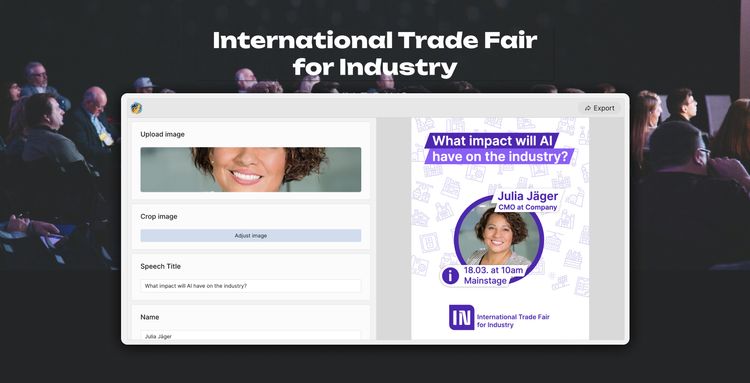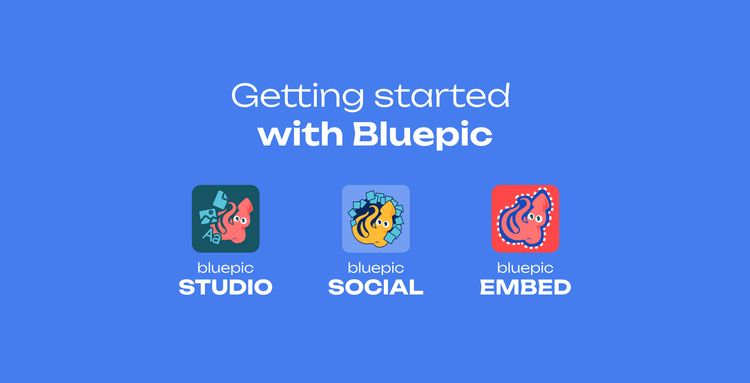How Tools like PowerPoint are a Surprising Solution to Big Business Content Creation

Social media content creation is not just about crafting compelling narratives, but also about presenting them in visually appealing ways. While graphic design software can be complex and expensive, many organizations turn to a familiar tool for a surprising solution: PowerPoint. Known for its ease of use and accessibility, PowerPoint offers a simple way to create graphic templates for social media content. However, there is more to the story...
PowerPoint's Versatility
The journey of PowerPoint from a business presentation tool to a versatile asset in social media graphic design is both remarkable and instructive. As a software that has been an industry standard for decades, PowerPoint holds a unique advantage: its widespread familiarity. Nearly everyone in a professional setting has, at some point, encountered PowerPoint. This ubiquitous presence translates into a comfort level that newer, more specialized tools struggle to match. Users can navigate PowerPoint's interface with relative ease, making it an accessible entry point for graphic design.
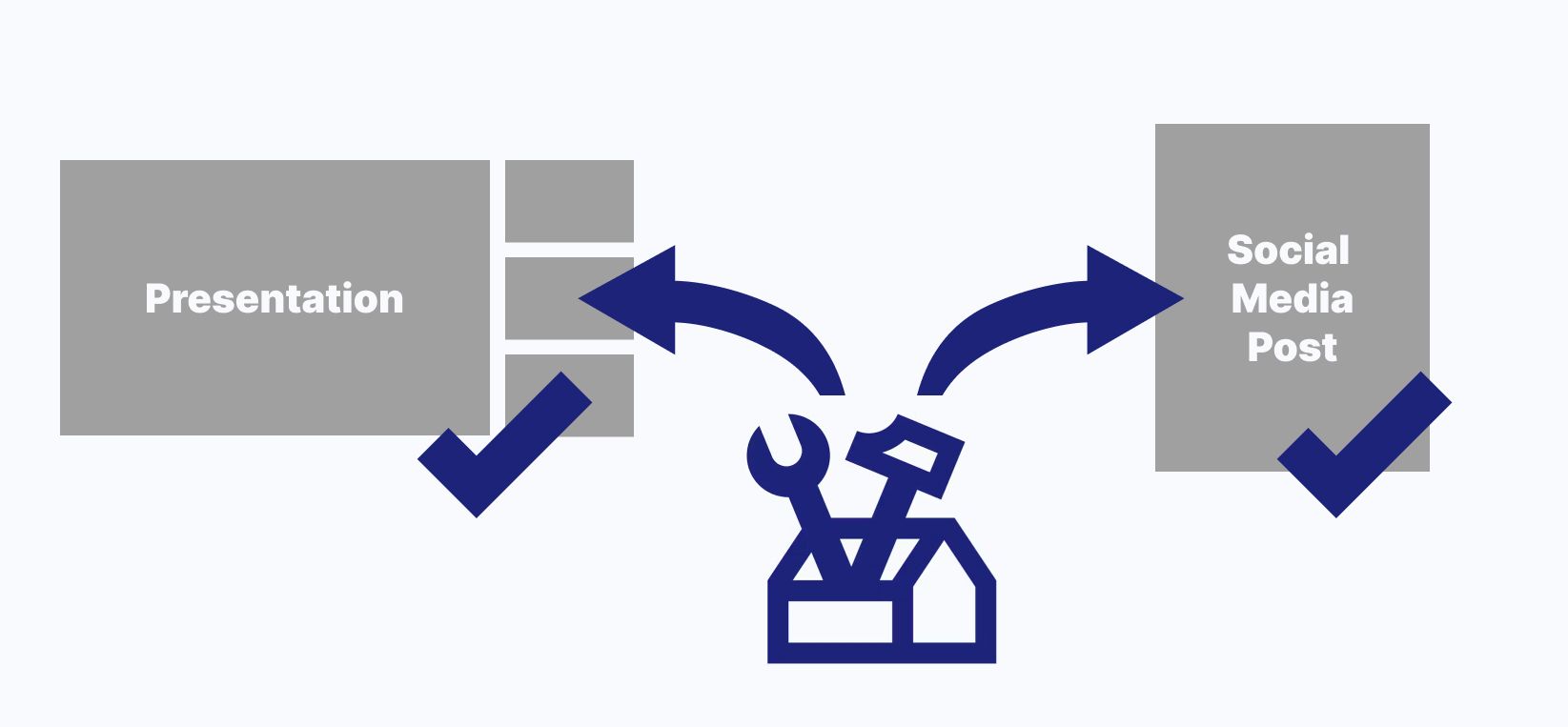
But PowerPoint's utility extends beyond mere familiarity. Its features, though primarily intended for presentations, are surprisingly adaptable for social media content creation. Users can leverage a variety of customizable templates, which provide a starting point for design and help maintain visual consistency across posts. The tool's array of design functionalities, such as text formatting, shape insertion, and color customization, allows for a significant degree of creative freedom. These features can be used to craft appealing graphics that resonate with social media audiences.
However, the simplicity of PowerPoint also brings with it a certain level of limitation in terms of design sophistication and brand alignment.
Navigating the Limitations
While PowerPoint's accessibility is its strength, it becomes a double-edged sword when viewed through the lens of professional graphic design and brand consistency. For professional designers tasked with creating templates for their non-designer colleagues, this limitation can be frustrating. PowerPoint's toolkit, though sufficient for basic layouts and designs, lacks the advanced functionalities found in specialized graphic design software. As a result, designers often find themselves constrained, unable to fully translate their creative visions within the PowerPoint environment.
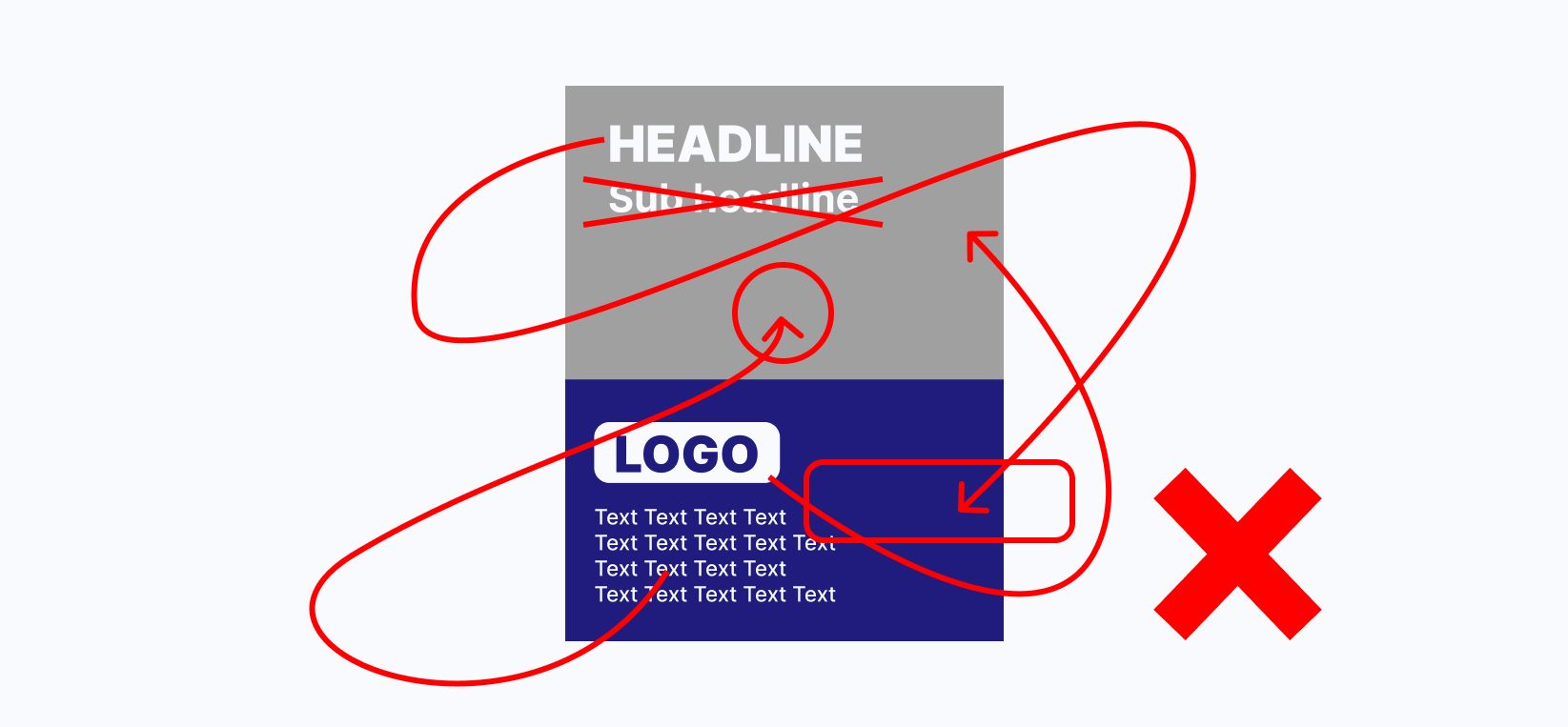
Moreover, the issue of template integrity in PowerPoint poses a substantial challenge. While templates serve as a framework to ensure some level of consistency, they also allow users to modify almost every aspect of the design. This flexibility, although beneficial for customization, opens the door to potential deviations from established corporate design guidelines. Non-designers, despite their best intentions, might inadvertently alter key elements of a template, such as fonts, colors, or layout structures, leading to inconsistencies in the final output. This not only dilutes the brand's visual identity but can also result in a disjointed and unprofessional appearance across various social media platforms.

These challenges are compounded in larger organizations, where multiple individuals contribute to content creation. The risk of deviation from brand standards increases with each additional content creator. Therefore, maintaining a uniform and professional brand image becomes a complex task, reliant on the discipline and design understanding of each team member. PowerPoint is in fact not an ideal choice for organizations that prioritize strict adherence to brand guidelines and professional-quality design outputs.
Beyond Limitations: Bluepic
BLUEPIC offers a compelling solution that addresses the key limitations of PowerPoint in the realm of corporate content creation. At the heart of its offering are the reactive and restrictive templates, which are thoughtfully designed to safeguard brand identity while offering enough flexibility to cater to diverse content needs. The restrictive aspect of these templates is a significant advantage for maintaining brand consistency. It ensures that users can only modify certain elements of the design through input-fields, which are predetermined by the professional designers.
Conversely, the reactive nature of BLUEPIC's templates means that they intelligently adapt to the content entered, adjusting layout, sizing, and other design elements dynamically. This responsiveness not only enhances the aesthetic appeal of the content but also ensures that the templates are not overly rigid, allowing for creative expression within the boundaries of brand guidelines. This balance between flexibility and control is particularly important in environments where content needs to be both varied and brand-consistent.
Templates in the shape of user-friendly forms
BLUEPIC is purpose-built for content creation within organizations. Unlike PowerPoint, which is a generalist tool adapted for various purposes, BLUEPIC is specifically designed for graphic design in a corporate context. This specialization is reflected in its template-editor interface (see example above), which eliminates unnecessary features that might encourage time-consuming and unproductive experimentation. Instead, the interface is streamlined to include only the essentials, making it efficient and easy to navigate for users of all skill levels.
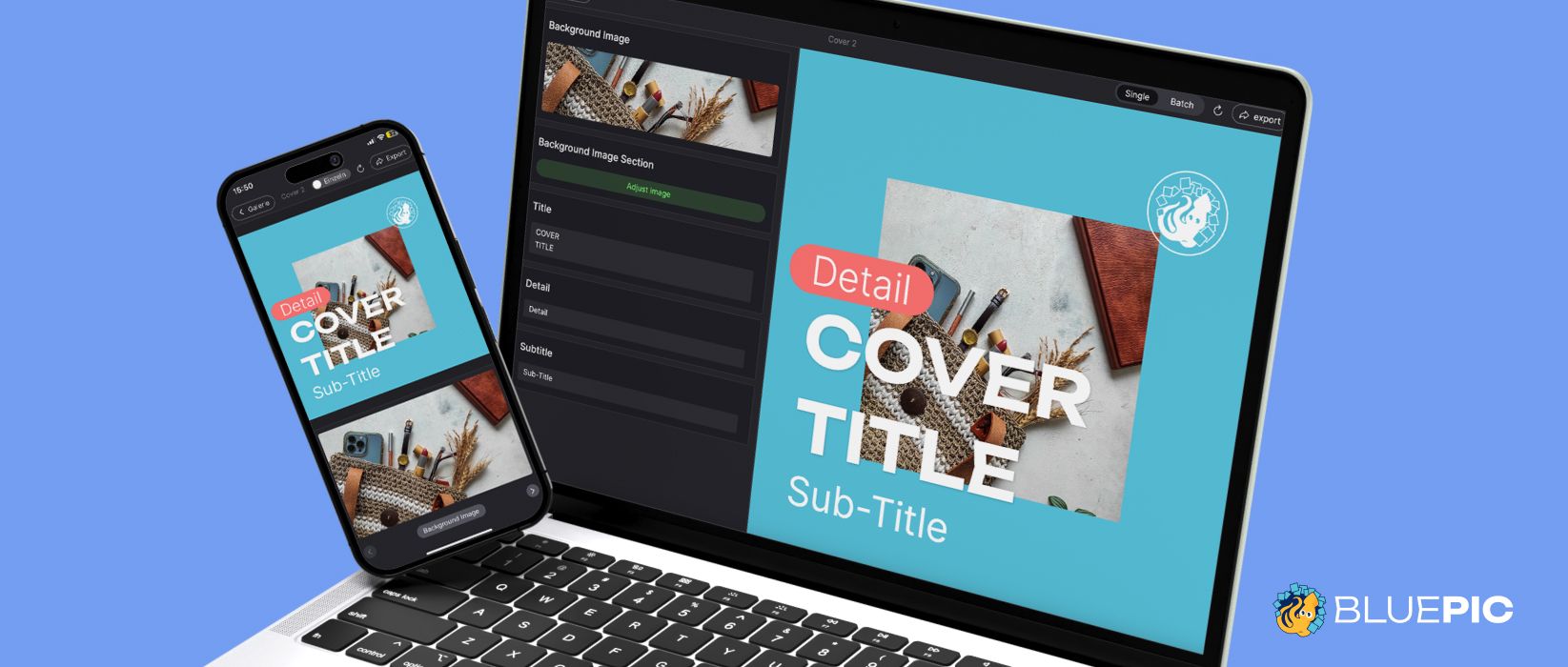
This targeted approach makes BLUEPIC an invaluable asset for companies that are serious about their brand identity and want to empower their teams to produce professional, consistent, and engaging content with minimal fuss and maximum impact.
PowerPoint's role in social media content creation highlights its adaptability and ease of use, but for organizations seeking a more sophisticated, brand-consistent approach, BLUEPIC offers a superior solution. With its tailored tools for design, collaboration, and web integration, BLUEPIC stands out as a comprehensive suite that addresses the specific needs of modern digital branding.


